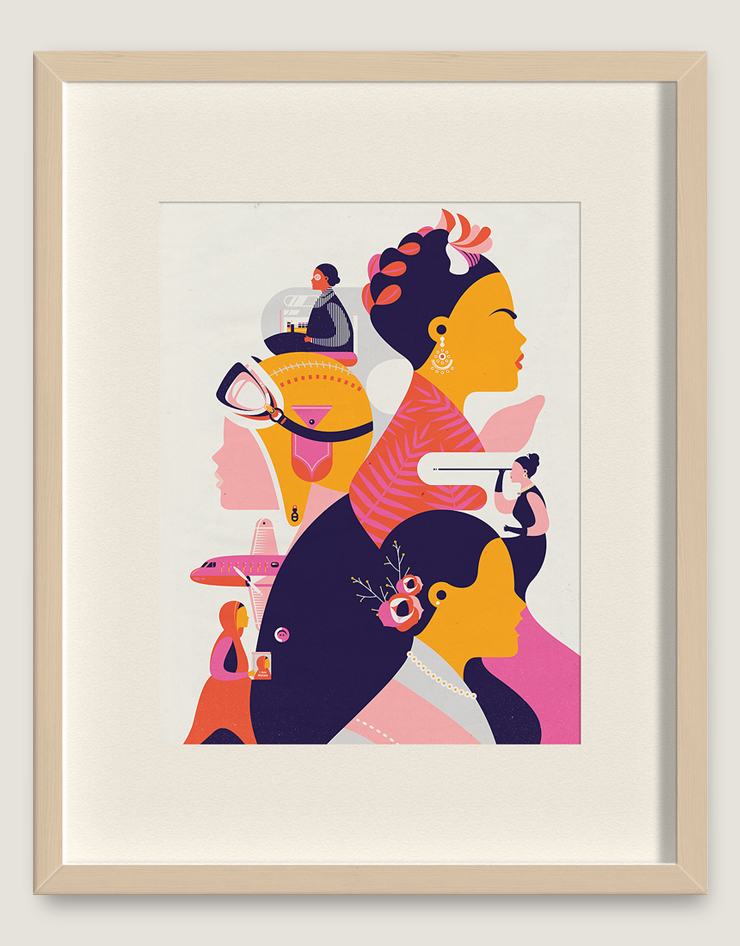
One of my favorite designers is a woman by the name of Elen Winata. She is a Singapore-based, award-winning freelance designer and illustrator. She studied graphic design at The Art Institute of New York City. She formerly worked at the Singapore-based design firm Kinetic and the ad agency DDB. After working at both respective places for two years each, she decided to turn into a full-time freelance designer. Some of her clients include Harper’s Bazaar, Starbucks, Google, and National Geographic.
She became one of my favorite designers when I read her online interview with Communication Arts last year. I immediately noticed how similar we both are. We both considered ourselves as quiet kids in our respective childhoods. We both have a fondness of drawing. For her, drawing was a way “to escape from the daily grind and as a way to comfortably get [her] thoughts across.” As for me, drawing started out as a hobby to get me through my first visit to India, and later turned into a form of relaxation. In her interview, she said that, “choosing to major in art at college was one of the easiest decisions” she ever made. Majoring in graphic design was one of the easiest decisions I ever made, as well, once it became increasingly clear that I was not cut out to be a fashion designer.
I just love her work! As stated on her website,“Her works are known for their clean lines and vibrant colours, which are held together by simple but thought provoking ideas.” Those clean-cut lines and the bright, bold colors are exactly what drew to me her work after reading about her. Her illustration style has been an influence to me in my own work. As an American-born Indian, I admire her adapting approach to different design work which she says is a result of being “raised in a multicultural society and having moved between different countries.” She attributes this in helping her “better understand a brief from different backgrounds and apply the design style most appropriate for it.” I feel like that I somewhat lack that understanding, but hopefully, one day with more experience, I too will be able easily adapt my design approach as a project demands. And finally, I love her philosophy of following your gut, making your own mistakes, and defining success in your own terms rather than someone else’s.
Check out more of her work here!
Source: https://www.commarts.com/fresh/elen-winata
Image: From Communication Art’s website




































